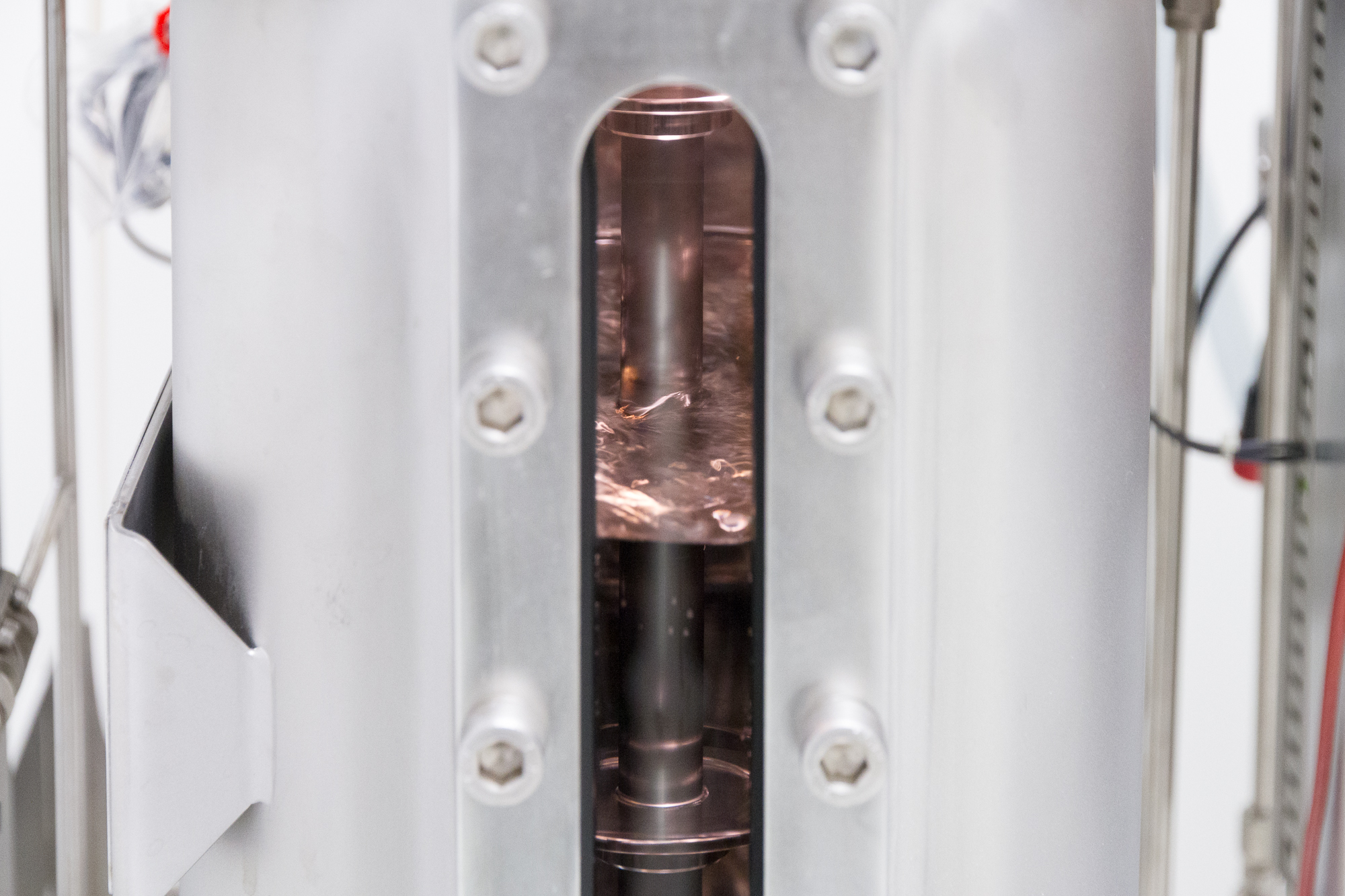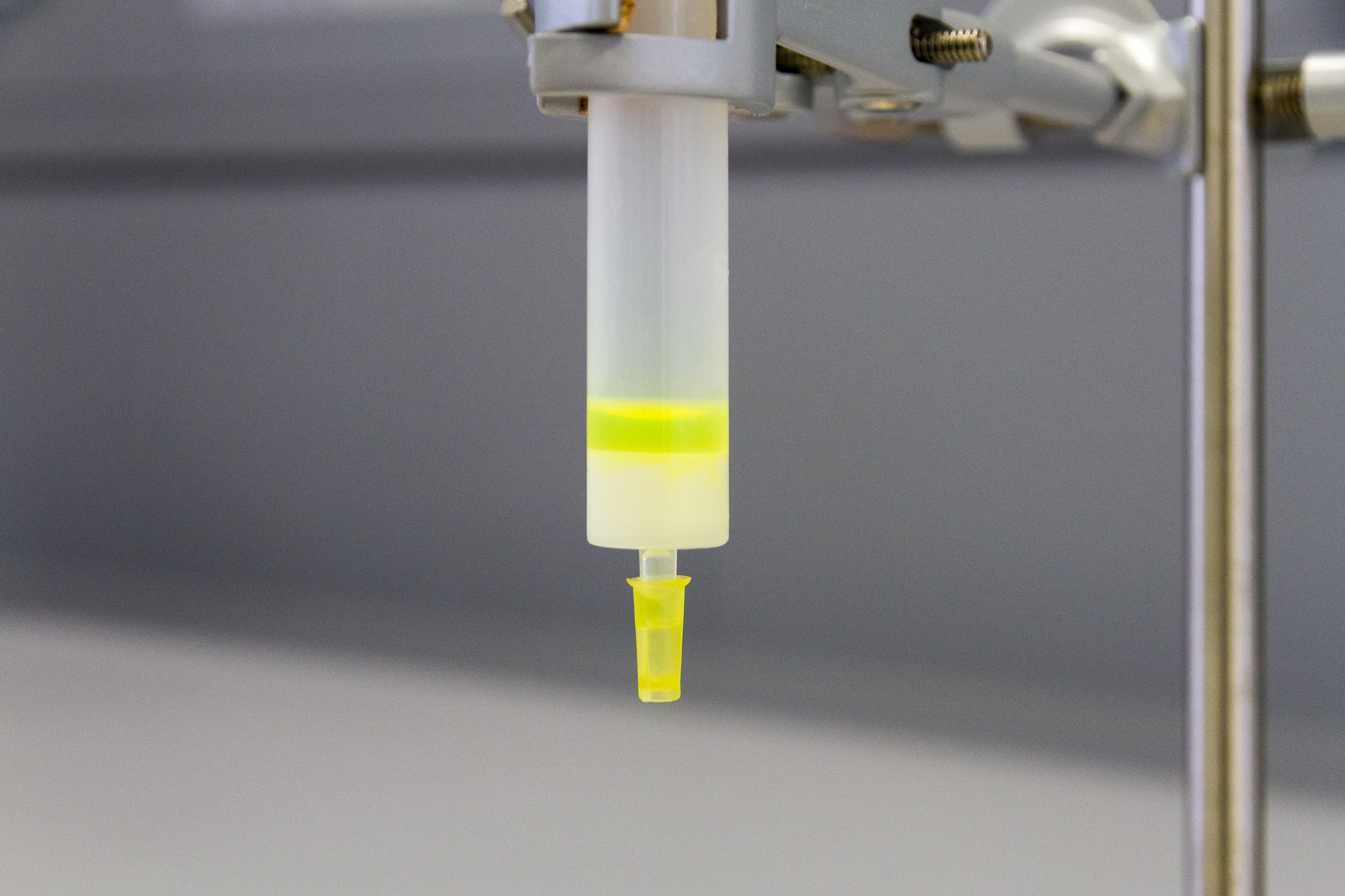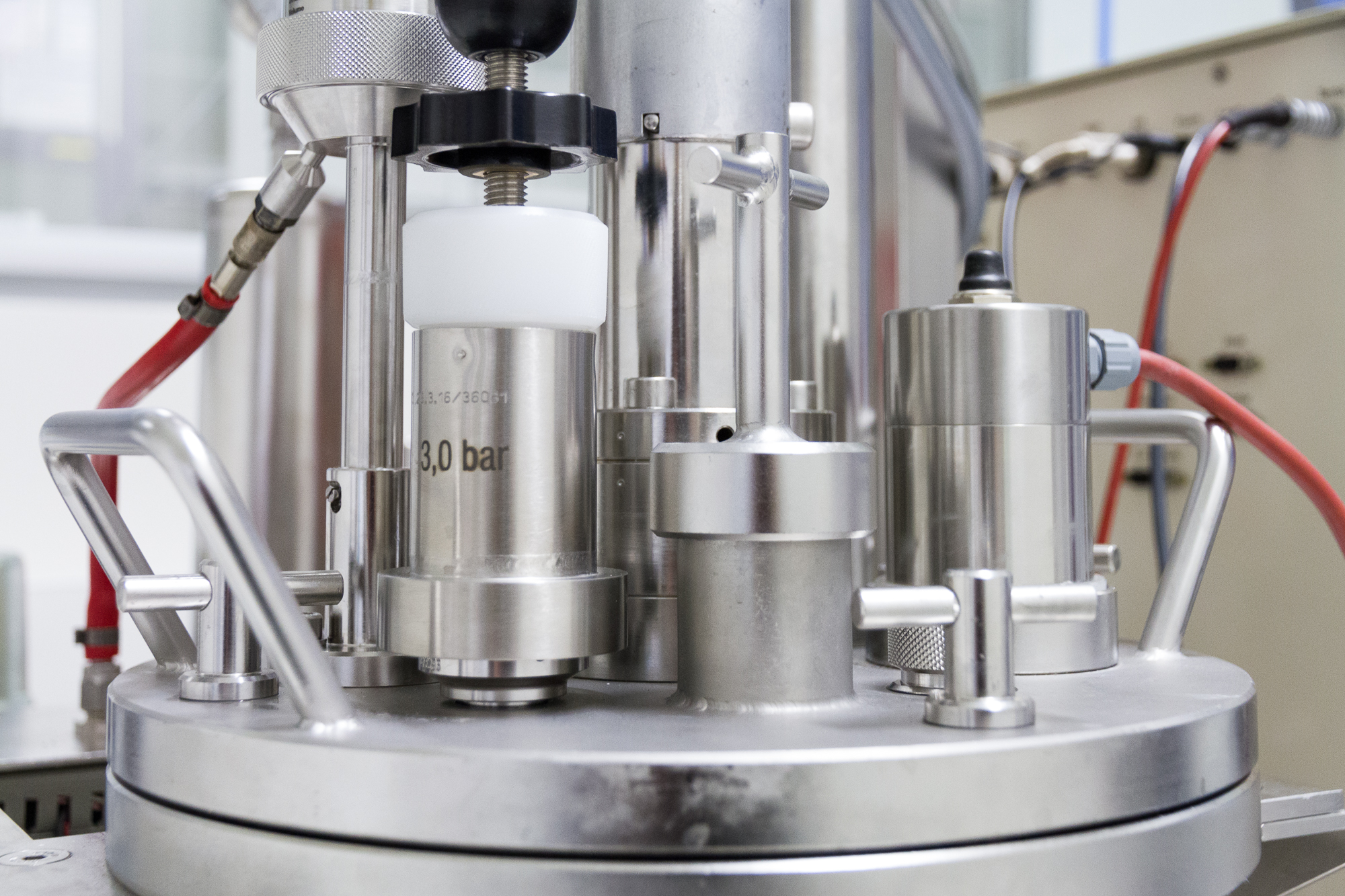Enzymatic pathways for synthesis of amines


Amines play an important role in the chemical industry. They are manufactured in a wide variety as building blocks for agricultural and pharmaceutical chemicals as well as surfactants, coatings and lubricants. Within the Bi-Amin project, funded by the Federal Ministry of Education and Research (BMBF), Fraunhofer IGB and its project partners search for biotechnological reaction routes and catalysts which can make the production more sustainable.
Amines are industrially produced on the basis of fossil fuels. The chemical synthesis requires high temperatures and pressures. Unfortunately, this has negative impact on energy balance of production. In addition, the reactions are usually not enantioselective, which reduces the specific product formation and yield.
For this reason, Fraunhofer IGB searches for new reaction routes and catalysts which can make production more sustainable. In the BMBF-funded Bi-Amin project the scientists at the institute’s BioCat branch in Straubing cooperate with the Technical University of Munich and industrial partners to develop a biotechnological process for the production of amines.
Biotechnological processes offer the possibility of using various renewable raw materials as substrates instead of fossil resources. In addition, biocatalysts – enzymes that are often derived from microorganisms or plants – work preferably at low temperatures and under ambient pressure, thus under „natural“ conditions. This can improve the energy balance of the production process.
In contrast to fermentative processes, where usually microorganisms are applied as whole cells, the researchers are planning to use the concept of cell-free biosynthesis for the production of amines. For this, only purified specific enzymes are applied which are combined to purely enzymatic reaction cascades. The aim of the project team is to develop such enzymatic reaction routes for the biosynthesis of amines and to scale up this process to the pilot scale.
Enzymes shall convert renewable raw materials to the desired amines with yields as high as possible. The Straubing branch of Fraunhofer IGB is working on optimization of suitable enzymes and their production for implementation in the reaction cascades. Another focus of the researchers in Straubing is to develop new methods for the processing of amines from cell-free reaction mixtures, as these contribute significantly to the economic efficiency of the biotechnological process.
 Fraunhofer Institute for Interfacial Engineering and Biotechnology IGB
Fraunhofer Institute for Interfacial Engineering and Biotechnology IGB
